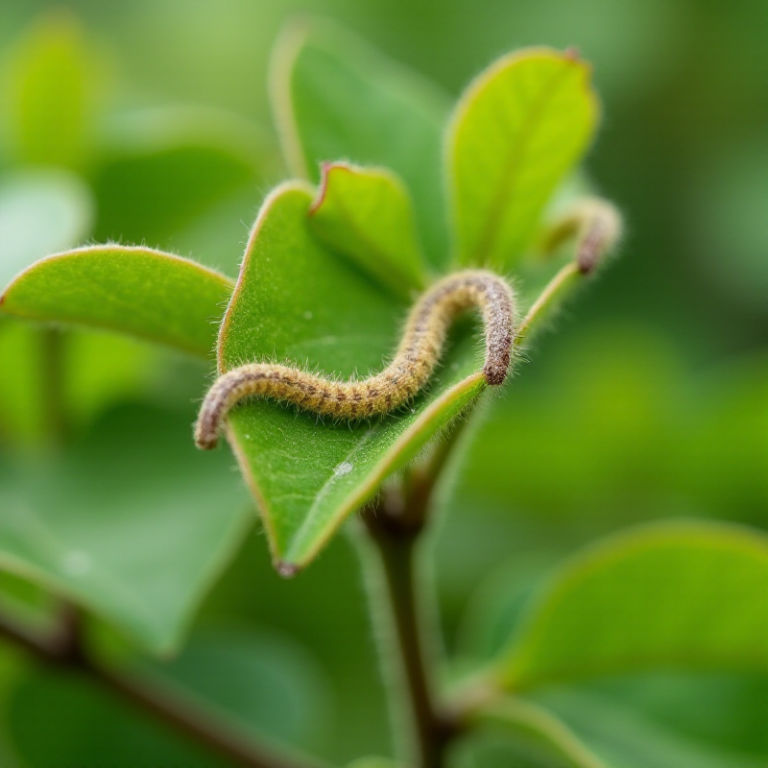Let’s talk about something every homesteader faces: pests. Pest management is one of the most important aspects of keeping your homestead thriving. Whether it’s protecting your crops, keeping livestock safe, or just making sure your space is comfortable, pests can quickly become a problem if they’re not kept in check.
But here’s the good news—managing pests doesn’t have to be complicated or harmful to the environment. With some simple strategies and a proactive mindset, you can take control and keep pests from taking over your homestead.
Why Does Pest Management Matter?
Pests come in all shapes and sizes: bugs, rodents, weeds—you name it. They can damage your garden, endanger your animals, and even make your home less livable. The key to pest management is finding ways to handle these issues without disrupting the balance of nature or causing harm to beneficial species.
The best approach? Work smarter, not harder. With a plan in place, you can prevent pest problems before they start and deal with issues efficiently when they do arise.
Start with Prevention
When it comes to pest management, prevention is your first line of defense. If you make your homestead less inviting to pests, you’ll spend way less time and energy fighting them.
1. Keep Things Clean
Pests love messy spaces where they can hide and find food. Keep areas like barns, pantries, and sheds clean and organized. Dispose of food scraps properly and seal your trash cans tightly to avoid attracting critters.
2. Close Up the Gaps
Small openings around your home or barn are like welcome signs for pests. Inspect your buildings regularly and seal up any cracks, gaps, or holes. Adding mesh screens to vents and windows can also keep pests out while letting fresh air in.
3. Plant Smarter
Certain plants naturally keep pests away. Marigolds, for example, are great for deterring aphids and nematodes, while basil helps keep mosquitoes at bay. Planting these around your garden is a simple, natural way to protect your crops.
Watch for Early Signs
One of the most important parts of pest management is keeping an eye out for signs of trouble. Chewed leaves, droppings, nests, or damaged plants are all red flags.
If you suspect pests but aren’t sure what you’re dealing with, try setting up traps or checking at night with a flashlight. Identifying the specific pest will help you choose the best way to handle it.
Safe and Effective Pest Control
Sometimes, prevention isn’t enough, and you’ll need to take action. The good news? There are plenty of effective pest control methods that won’t harm the environment or disrupt the balance of your homestead.
1. Welcome Natural Predators
Encourage animals that prey on pests to hang around your homestead. Birds, bats, and beneficial insects like ladybugs are great natural pest control. Install birdhouses, bat boxes, or plant flowers like dill and fennel to attract them.
2. Use Traps Wisely
Traps are a great option for dealing with rodents and larger pests. Place them near active areas but out of reach of kids and pets. If you’d prefer not to kill the pests, humane traps let you relocate them instead.
3. Go Organic
When you need to use sprays or powders, opt for organic options. Diatomaceous earth, neem oil, and insecticidal soaps are great for tackling pests without the harmful side effects of synthetic chemicals.
Build Long-Term Habits
Keeping pests under control is easier when you make pest management a regular part of your homesteading routine. Rotate your crops each year to stop pests from settling into your soil, and make sure your compost pile isn’t attracting unwanted visitors.
It’s also a good idea to stay informed about common pests in your area and adjust your strategies as needed.
Find Your Balance
Here’s something to keep in mind: your goal isn’t to eliminate every single pest. Some pests are inevitable, and they’re a natural part of your homestead’s ecosystem. The trick is to find a balance that protects your plants, animals, and living spaces while still letting nature do its thing.
Wrapping Up
Pest management doesn’t have to be overwhelming. A little bit of planning and some simple strategies can go a long way in keeping your homestead healthy and productive. Start with prevention, keep an eye out for issues, and use safe control methods when needed.
With the right approach, you’ll not only manage pests but also enjoy a thriving, balanced homestead. You’ve got this!



